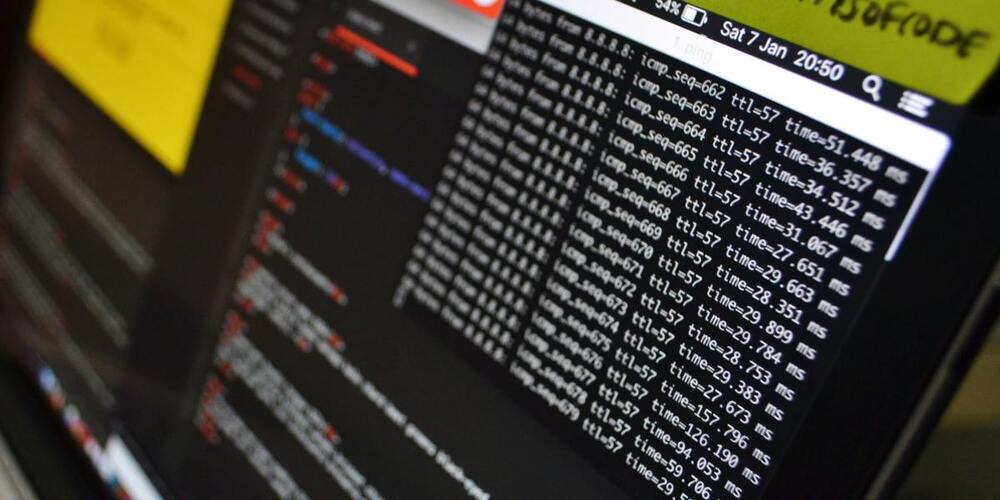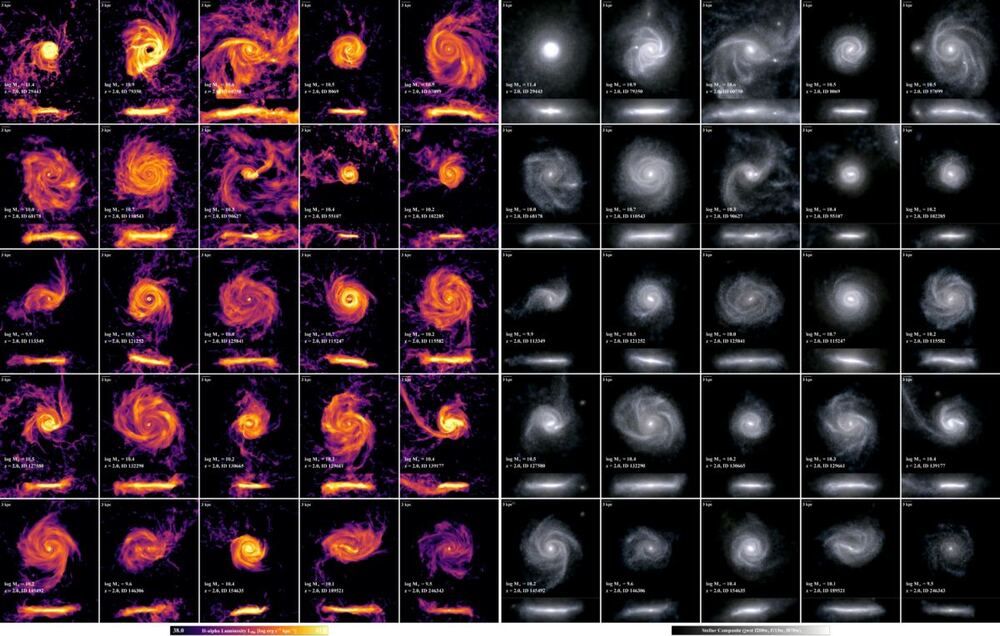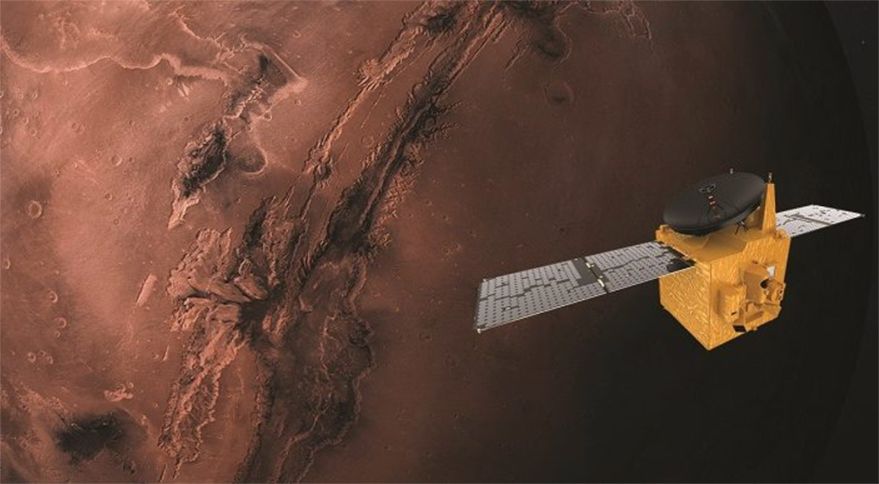A lanky species of wild rice turns compact and docile in a jiffy.
Possibly this will make covid-19 less severe and manageable.
Medicine developed at Ichilov moderates immune response, helps prevent deadly cytokine storm, researchers say; 29 of 30 phase 1 trial patients left hospital within 3–5 days.
The SARS-CoV-2 virus mutates fast. That’s a concern because these more transmissible variants of SARS-CoV-2 are now present in the U.S., U.K. and South Africa and other countries, and many people are wondering whether the current vaccines will protect the recipients from the virus. Furthermore, many question whether we will we be able to keep ahead of future variants of SARS-CoV-2, which will certainly arise.
In my laboratory I study the molecular structure of RNA viruses – like the one that causes COVID-19 – and how they replicate and multiply in the host. As the virus infects more people and the pandemic spreads, SARS-CoV-2 continues to evolve. This process of evolution is constant and it allows the virus to sample its environment and select changes that make it grow more efficiently. Thus, it is important to monitor viruses for such new mutations that could make them more deadly, more transmissible or both.
Denmark will build a wind-generating artificial Island. This green energy hub expected to supply 10GW.
The long-rumored island is expected to begin operations in 2033.
This can turn out to be a very important and useful invention for medical science. The elastic and adhesive glue quickly seals wounds after application, without the need of stitches or staples. The glue, called ‘Metro’, quickly seals wounds in just 60 seconds. The gel-like material of the wound glue is activated by Ultraviolet (UV) light and it dissolves shortly after. Metro glue’s elasticity makes it ideal for sealing wounds in body tissues that continually expand and relax like the heart or lungs. The glue has been successfully tested on rodents and pigs. It will soon be used in human trials. Kiran Mazumdar Shaw, who is the chairperson of Biocon — Asia’s leading Biopharmaceuticals enterprise, shared a video about the wound glue. The video by In The Know, shows how the Metro glue works.
Glue for wounds!
https://twitter.com/kiranshaw/status/1357879020440854528
In December 2018, researchers at Google detected a group of hackers with their sights set on Microsoft’s Internet Explorer. Even though new development was shut down two years earlier, it’s such a common browser that if you can find a way to hack it, you’ve got a potential open door to billions of computers.
A cryptocurrency that began in 2013 as a joke is suddenly worth a total of more than $6 billion.
WSJ Membership.
This Drive moves water on its own 🌊
Posted in futurism
Eventually, galaxies stop making new stars. But why did some stop so much sooner than others? Hint: black holes play a role.
A galaxy’s main business is star formation. And when they’re young, like youth everywhere, they keep themselves busy with it. But galaxies age, evolve, and experience a slow-down in their rate of star formation. Eventually, galaxies cease forming new stars altogether, and astronomers call that quenching. They’ve been studying quenching for decades, yet much about it remains a mystery.
A new study based on the IllustrisTNG simulations has found a link between a galaxy’s quenching and its stellar size.
As the UAE’s Hope spacecraft arrives at Mars, those involved have a mix of confidence and concern about the chances of successfully entering orbit.
WASHINGTON — As the United Arab Emirates’ Hope spacecraft arrives at Mars, those involved with the mission have a mix of confidence and concern about the chances of successfully entering orbit.
The Emirates Mars Mission, or Hope, spacecraft will arrive at Mars Feb. 9, entering orbit at about 10:41 a.m. Eastern. The spacecraft will fire its main thrusters for 27 minutes to slow it down enough for the planet’s gravity to capture the spacecraft into orbit.









